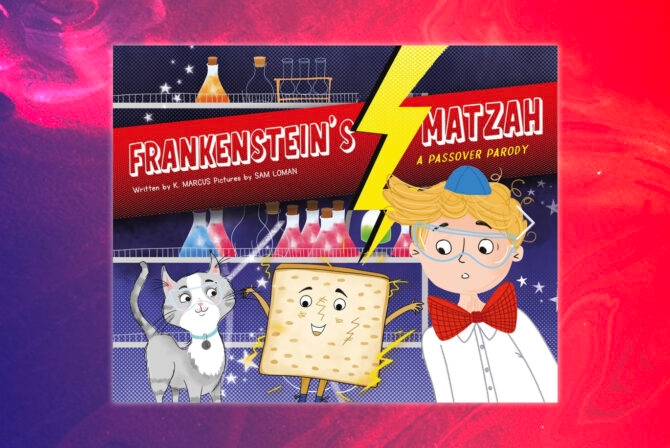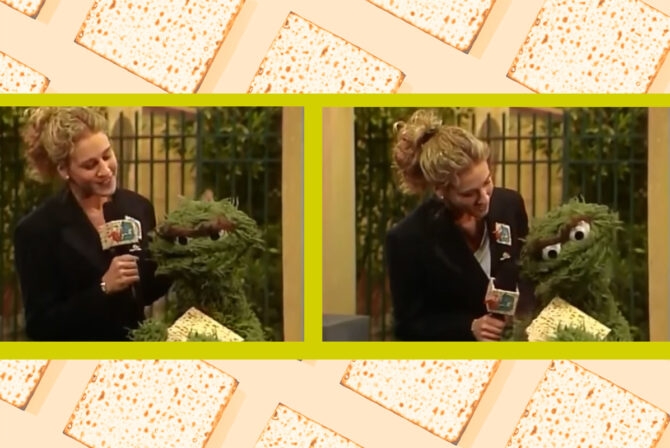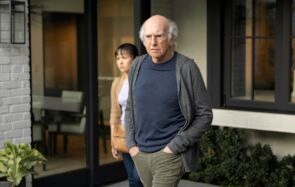My mother died when I was four years old. I can recite for you the circumstances of her death: She went to a hotel room with two men to buy cocaine. They strangled her. They dumped her body off the side of the highway. It was October 18, 1984. She was thirty years old.
But it’s harder for me to explain the circumstances of her life because in my memories of her it’s as if she’s already gone. She’s a ghost, a spectral figure at the edge of the frame. For most of my life, this is how I thought of her, as a kind of flickering, gossamer presence. She wasn’t my mother, exactly. She was the idea of my mother.
These were things I knew about her: She was 5 feet, 1 inch tall. Her favorite book was the Executioner’s Song by Norman Mailer. She didn’t care about clothes or jewelry but she did wear a star of David pendant dangling from a thin gold chain, a gift from my grandmother. And then there were things we didn’t talk about: How she died, her drug use, the lies she told necessitated by her addiction.
I was in my twenties when I decided to research my parent’s lives. My father had died when I was eighteen, a victim of his own vices—in his case it was years of alcohol abuse. I knew that in telling the story of his life it would be important to talk about his addiction. It colored so much of my relationship with the father I’d loved intensely and the parent who I’d often, as a child, been tasked with parenting.
But what about my mother? Most of the documents I found about her —newspaper articles, grand jury transcripts, police reports —dealt only with her death and the circumstances of her murder. She had not been the “good” kind of victim. She was engaged in a “high-risk” lifestyle and the evidence I sought out seemed only to underscore this. In my search I came across a letter from the Attorney General of Rhode Island in which my grandfather declined to give a victim impact testimony against one my mother’s killers. She was gone and her family wanted to be done with the parts of her that were messy, even if meant guaranteeing her killer would go to prison. My grandfather wanted to remember, and have her remembered, only as good.
I was thirty-one when I realized that, after years of research, I was writing a real book about my parents. At that point I had outlived my mother by one year. I thought about my own life— my shabby apartment, my unsatisfying job— and became angry, really angry for the first time about my mother’s existence. For the first time I thought about her as a woman who’d existed entirely outside of my own experience, as a woman who was navigating the world, and who’d died with so, so much life left to live. And I realized her life, had she been able to live it, would often have had nothing to do with me. I wanted those years back for her. I wanted that life back—not my mother’s life, but Joan Carroll’s life. And I knew that do that, I would have to own her stigma. More than own it, I would have to claim it.
At thirty-one I’d made my own mistakes. I drank too much. I’d put my energy and self worth into loving men who didn’t love me back. But I was, I knew, still good. And I still had a chance to change things, to live a full life. My mother was an addict. She’d been at the mercy of men who didn’t value her life, who didn’t know what her favorite book was, who didn’t know, and didn’t care, how much she meant to the many, many people in her life who’d loved her. And she was not allowed the chance to change the course of her life if she’d chose to.
In our silence, we’d lost the real her. We’d allowed her to drift to the edge of the frame when in real life, she existed at the center. She was loud and funny and kind, and in denying her flaws we’d denied her memory. I promised her then, and I keep promising, to claim her life, her whole flawed, messy, short, difficult life. To do anything less, to obscure her flaws would be doing her life a disservice. Because all of these different parts create the full picture of a real woman.







